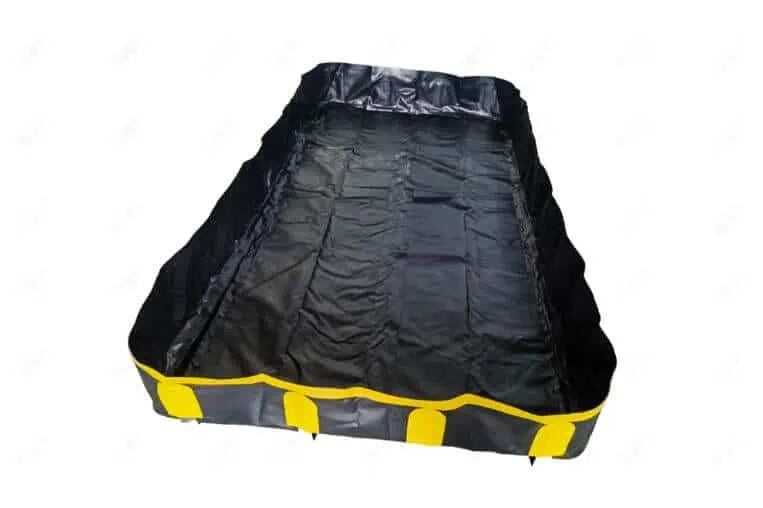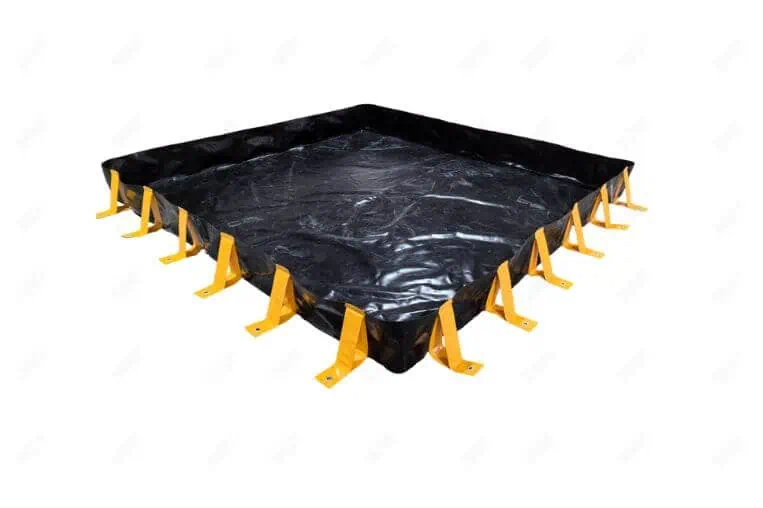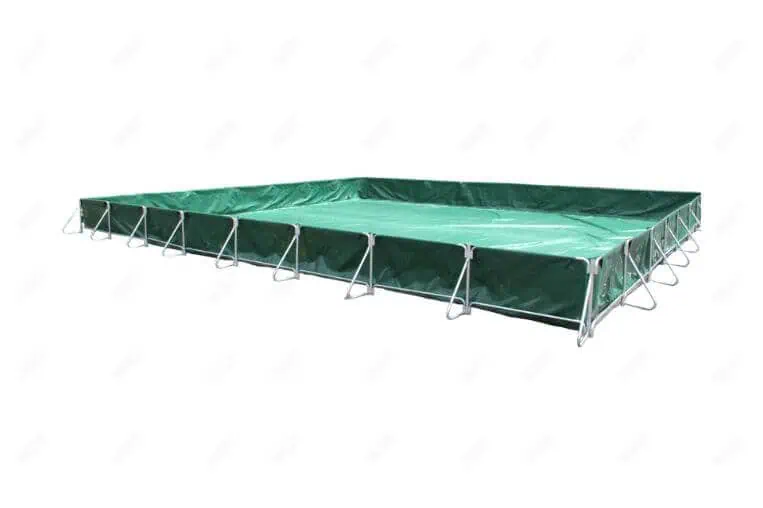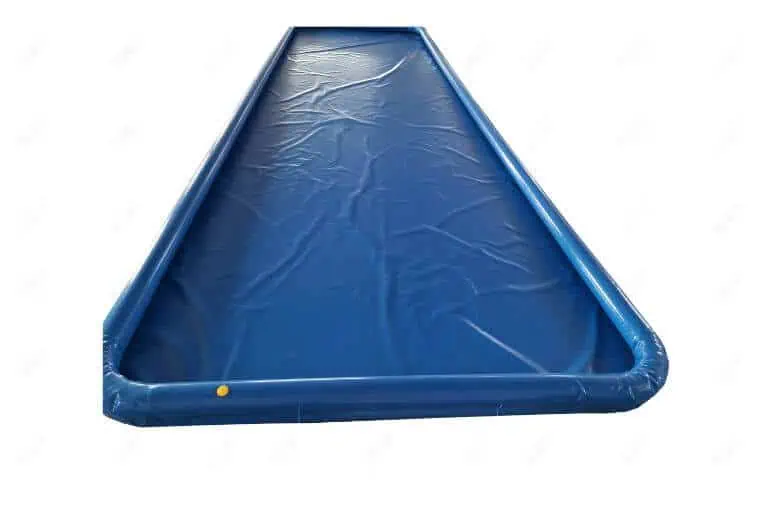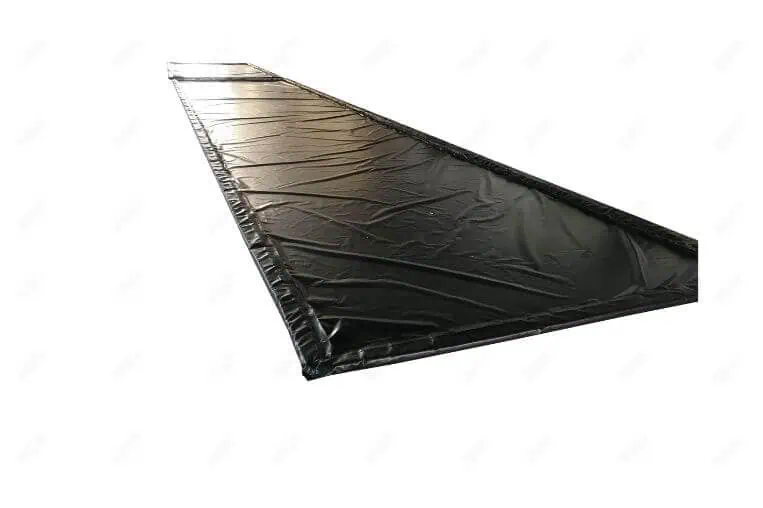Identify Liquids and Potential Spill Volumes
Thoroughly identify all types of liquids handled in your facility that could potentially leak. For each identified liquid, determine its specific properties such as corrosiveness, flammability, and viscosity, as these characteristics will influence the most appropriate type of spill berm material and design. Subsequently, carefully estimate the maximum credible spill volume for each liquid, taking into account the capacity of containers storing the liquid as well as the total storage capacity of the facility.
Analyze Intended Use and Environment
Consider the specific environment where the spill berm will be used. Determine if the application is primarily indoor or outdoor, or if a solution that can be used in both environments is needed. Assess the nature of the surface where the spill berm will be placed, whether it's smooth concrete flooring, rough gravel, or soil. Evaluate whether the spill berm needs to be portable for use at multiple locations or if a more permanent installation is required.
Determine Necessary Size and Dimensions
With a clear understanding of potential spill scenarios and the environment, you need to determine the appropriate size and dimensions for your spill berm. First, measure the footprint of the area where the spill berm will be deployed to ensure it fits comfortably within the available space and allows for safe operational practices around it. Calculate the minimum required containment capacity of the berm based on your assessment of maximum potential spill volumes and any regulatory requirements that might specify minimum containment capacities.
Select Appropriate Materials Based on Compatibility
Choosing a spill berm made from materials that are compatible with the liquids it is intended to contain is crucial for its effectiveness and lifespan. Consult detailed chemical compatibility charts for each potential spill liquid you identified in Step 1. These charts will guide you in understanding how different spill berm materials (such as PVC, polyurethane, and polyethylene) react with various chemicals. Select a spill berm material that offers good to excellent resistance to all potential spill liquids that might be encountered in your facility.
Understand and Meet Regulatory Requirements
Compliance with environmental regulations is a critical component of spill prevention and control. You need to thoroughly research federal, state (California), and local (Alameda County) regulations that apply to your industry and the types of hazardous materials you handle. Ensure that the spill berm you are considering meets or exceeds all of these regulatory requirements, which may include specifications for containment capacity, material compatibility, and specific design standards.
Consider Practicality: Setup, Portability, and Storage
The practicality of a spill berm will significantly impact its overall effectiveness and how seamlessly it integrates with your operations. Assess how quickly the spill berm needs to be deployed in the event of an emergency at your facility. If you anticipate needing to use the spill berm at multiple locations, then its portability will be an important consideration. Evaluate the ease of setting up and dismantling the spill berm, particularly for temporary use.
Evaluate Durability and Expected Lifespan
The durability of a spill berm is a key factor in its long-term cost-effectiveness and reliability. Consider the frequency of use and intensity of use for the spill berm, especially in areas with high foot traffic or frequent equipment movement. If you need a drive-over spill berm, ensure that the model you select is specifically designed and constructed to withstand the weight of vehicles passing over it. The quality of materials used in the construction of the spill berm and the manufacturing methods employed will have a significant impact on its overall durability and expected lifespan.
Align with Budget
Finally, your budget for spill control measures will influence your purchasing decision. Determine the amount of resources you have allocated for this and compare the costs of different types and sizes of spill berms that meet your identified technical and regulatory requirements. While initial cost is important, it's also crucial to consider the potential long-term cost savings that effective spill prevention measures can bring, including reduced cleanup expenses and avoided regulatory fines.
